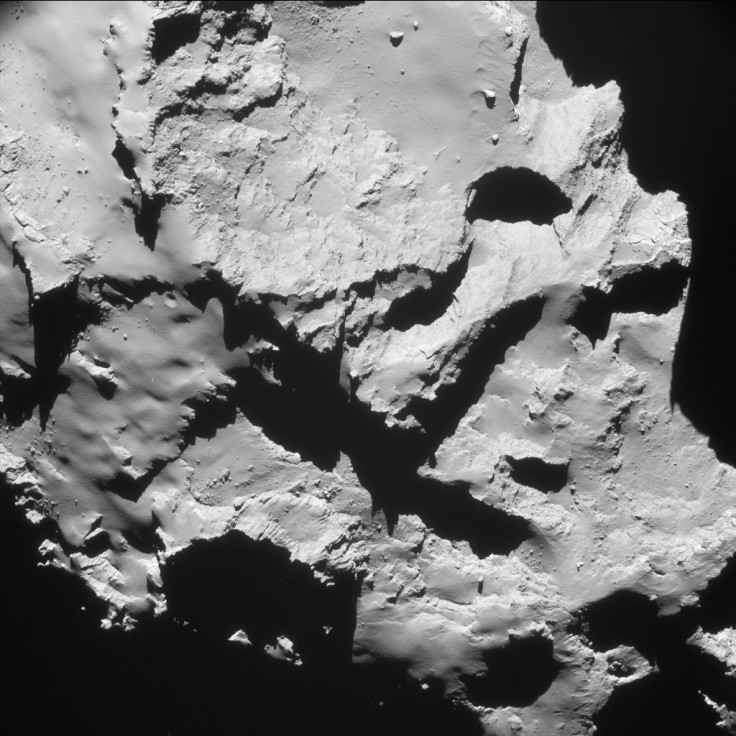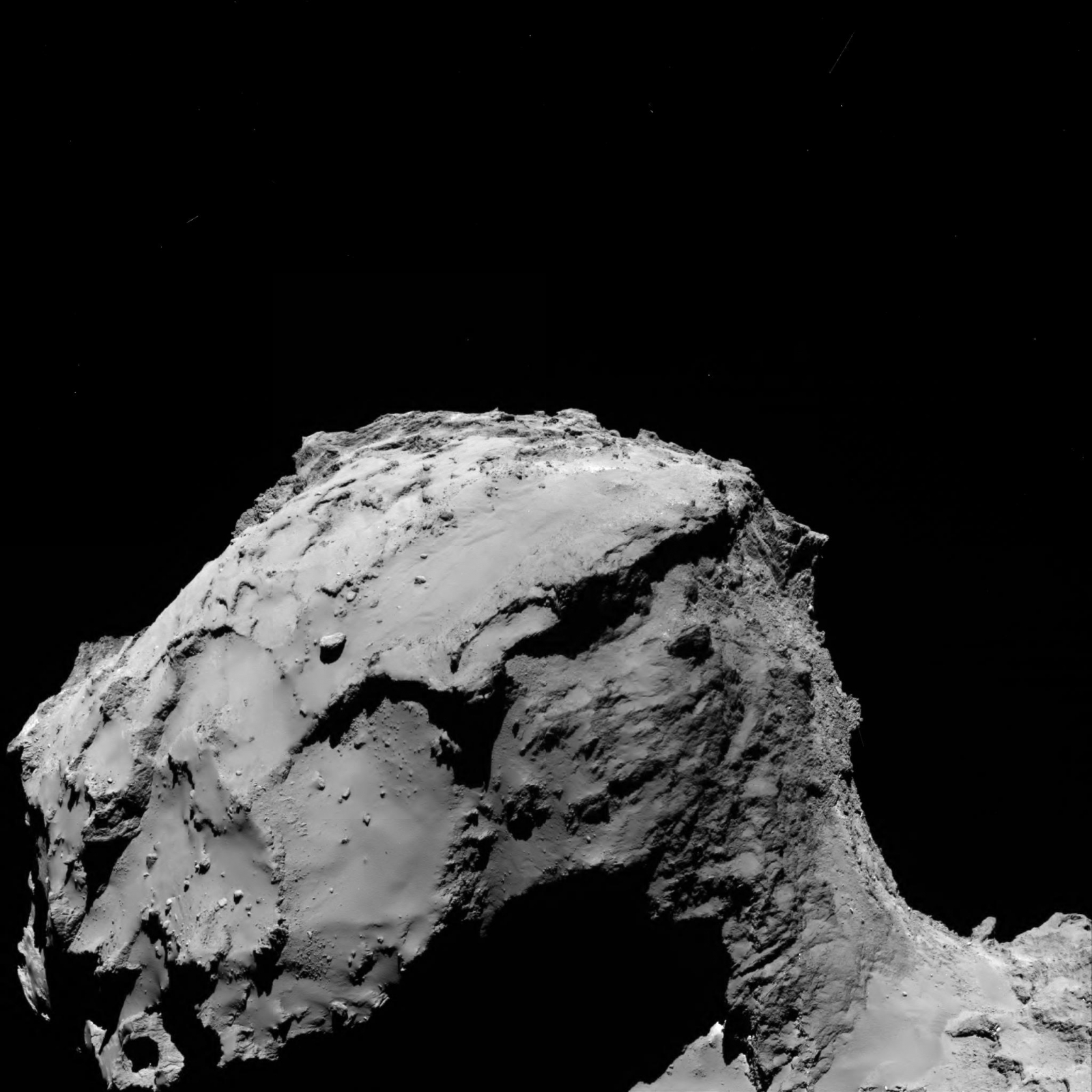Rosetta mission ends as spacecraft crash lands onto Comet 67P
Spacecraft descended to surface of comet in 'collision manoeuvre' 16 years after launch from Earth.
The ESA's Rosetta spacecraft has crash landed on the surface of comet 67P/Churyumov–Gerasimenko. This brings an end to its 16-year journey across the solar system, having travelled over four billion miles since its launch in 2004.
"Rosetta has entered the history books once again," said Johann-Dietrich Wörner, ESA's Director General. "Today we celebrate the success of a game-changing mission, one that has surpassed all our dreams and expectations, and one that continues ESA's legacy of 'firsts' at comets."
Mission complete #CometLanding pic.twitter.com/m3oxRNPzPI
— ESA Rosetta Mission (@ESA_Rosetta) 30 September 2016
The "collision manoeuvre" saw the spacecraft dive 19km, taking high-resolution images of the comet along the way. It began descending on the evening of 29 September, with the final instructions sent to Rosetta at 8.55am BST. This was to "fine-tune the spacecraft's pointing" ready for impact.
Rosetta was sent to Comet 67P in order to study the make-up of these bodies. The historic mission saw the spacecraft deploy the lander Philae to the surface of the comet, allowing it to analyse the dust and composition of comets – something that will aid our understanding of the evolution of the universe.
The decision to crash Rosetta into the comet was taken after the spacecraft's power began fading, meaning it would no longer be able to transmit back data – and therefore no longer be useful scientifically. Instead of allowing it to fade away, the ESA decided to make its final days useful by getting high-resolution images of the comet that can be studied for years to come.
Upon contact, the spacecraft will shut down. "After Rosetta has touched down, it will not be possible to collect or return any additional data," the ESA said. "The unique measurements obtained during this final descent will be a fitting closing chapter to Rosetta's time spent living with this comet."

Dr Geraint Morgan, of the Open University who worked on a range of Rosetta's instruments, said: "This mission has required over 20 years of effort, as teams designed and then built instruments and spacecraft prior to launch in 2004. We then chased the comet for 10 years over four billion miles across the solar system, so today will be a bittersweet day for many of us."
"This mission was the first to successfully land on a comet. On-board the Philae lander was the Ptolemy Instrument, developed at The Open University and RAL Space in Harwell, which along with the COSAC instrument detected complex organic modules present on the comet surface.
"Space missions push the boundaries of science and technology ... Rosetta is a fantastic example of how an array of science disciplines can work together to expand human knowledge, which can then be applied to change and save lives here on Earth."






© Copyright IBTimes 2025. All rights reserved.





















